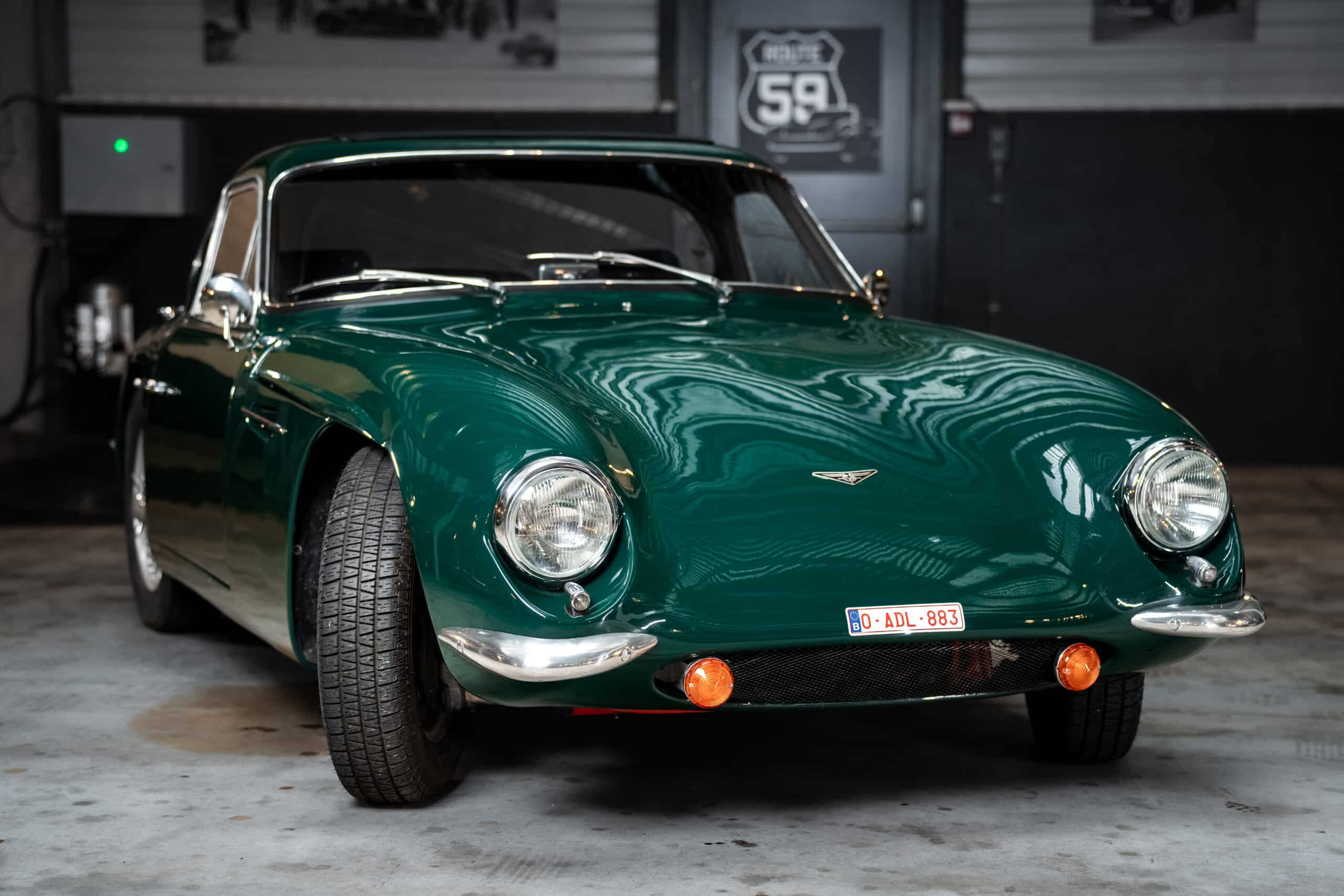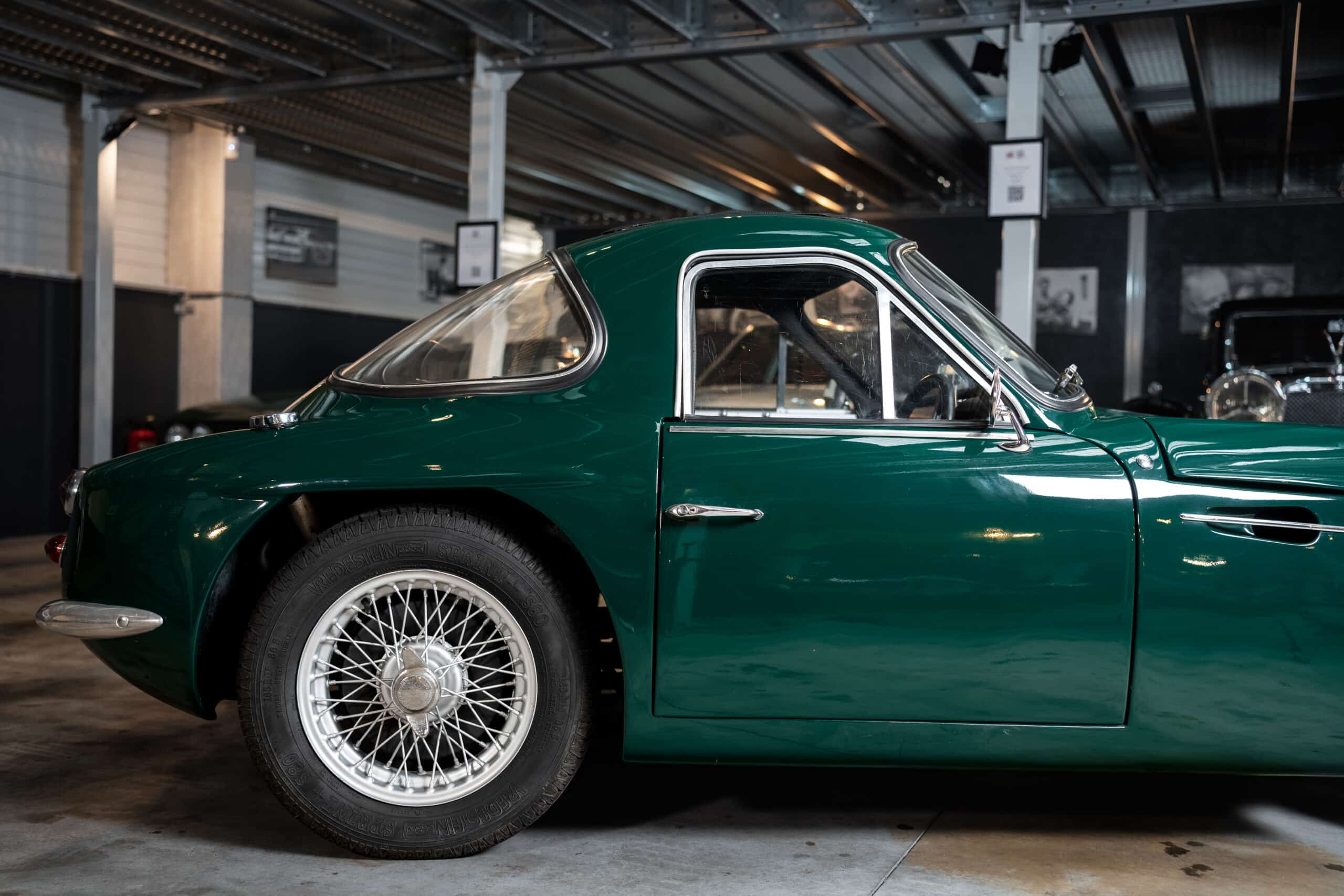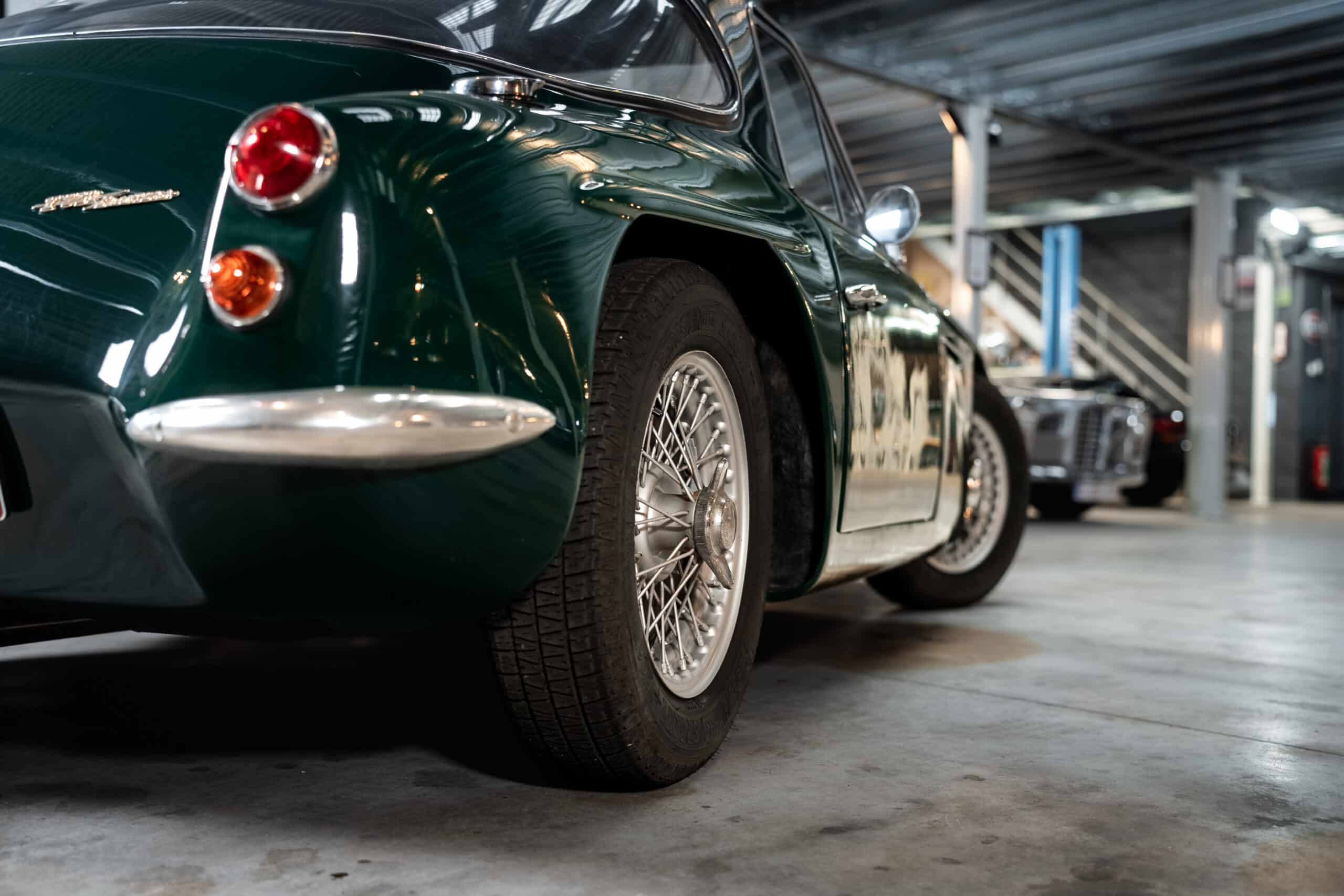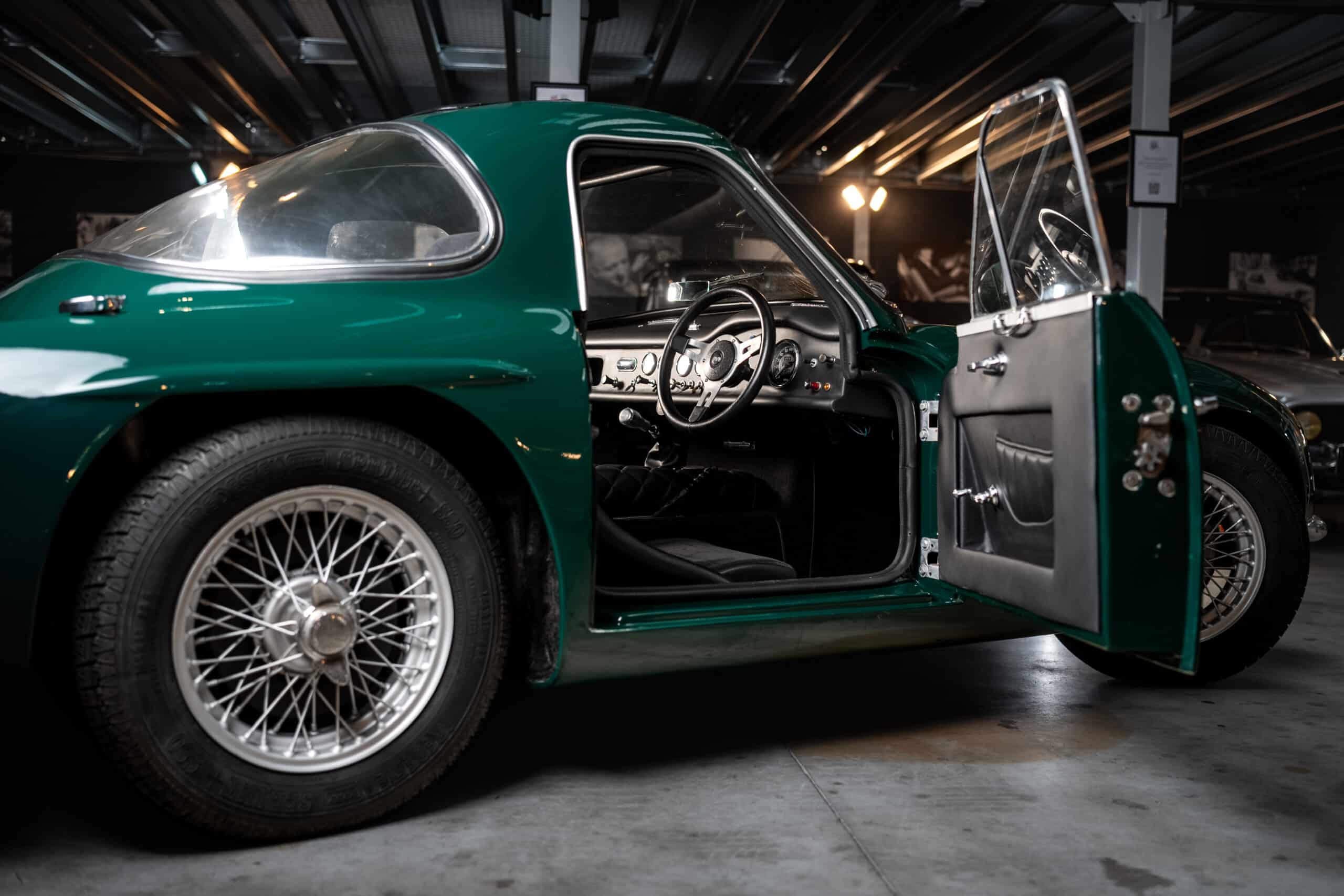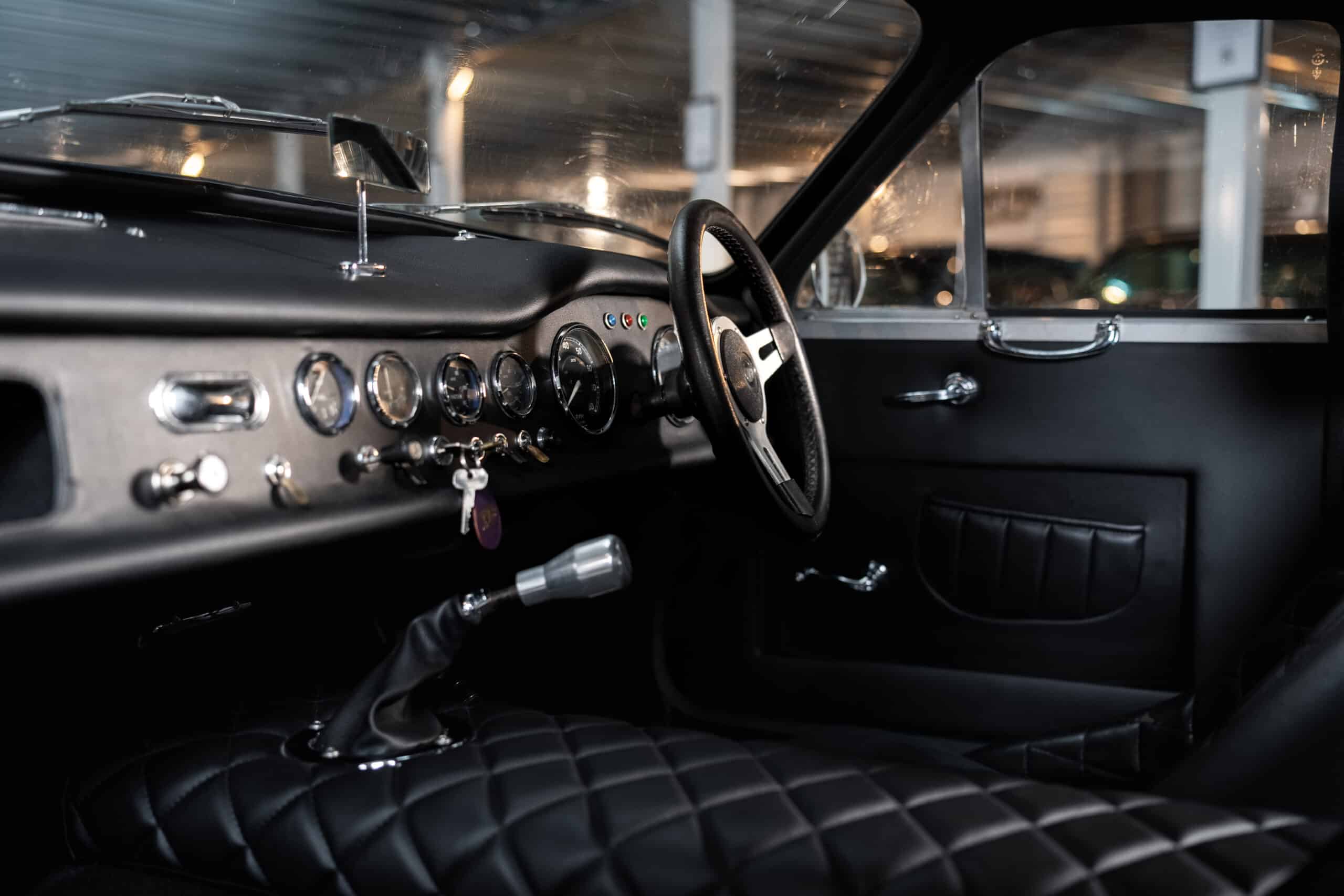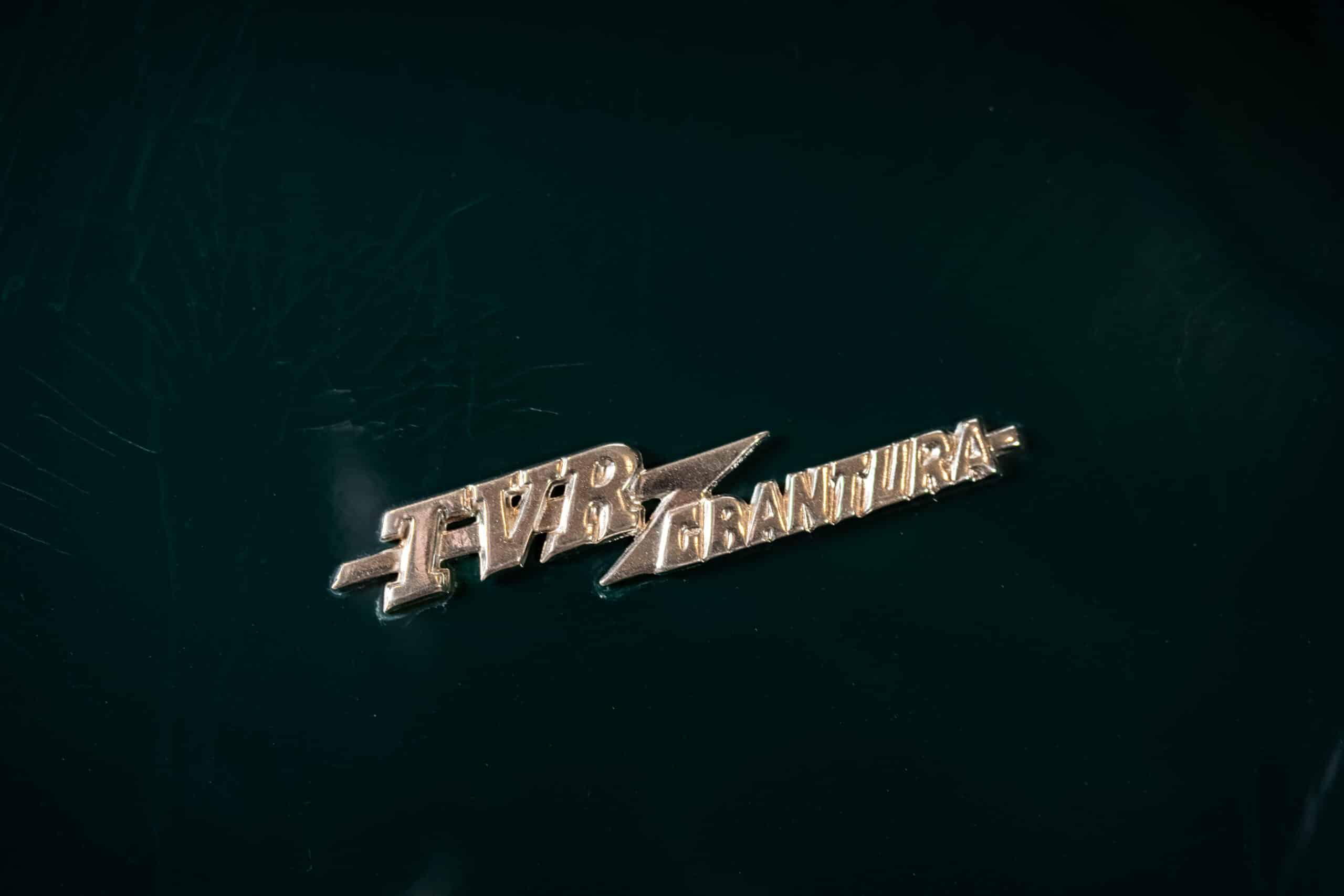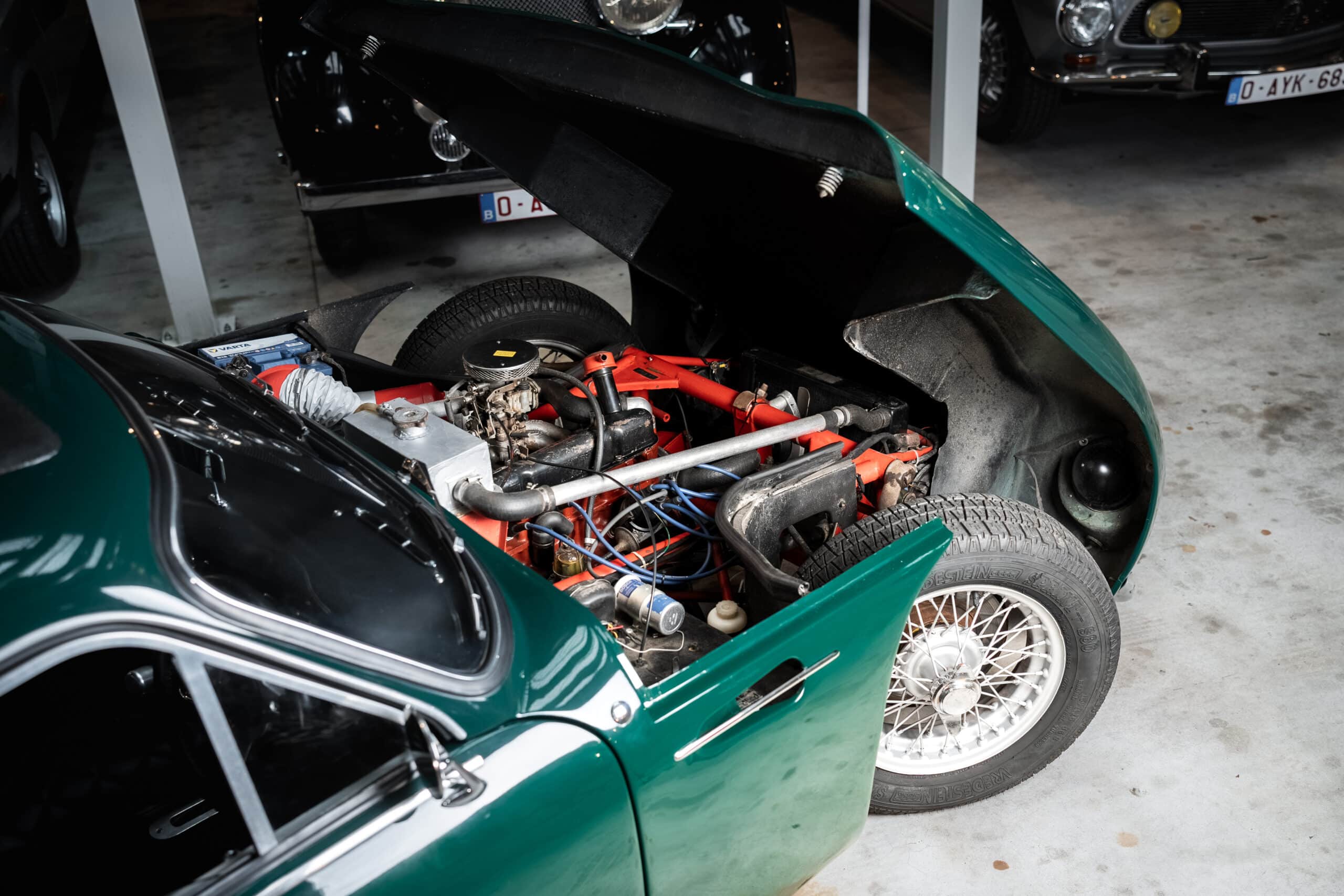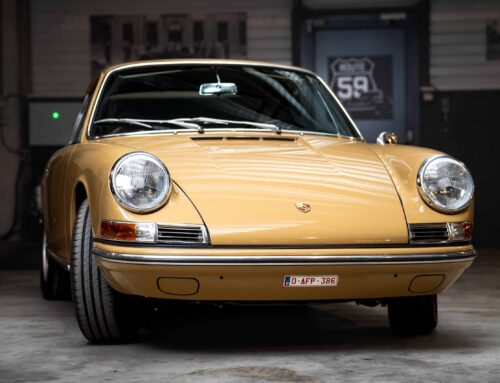In 1955, Wilkinson designed a tubular chassis with four-wheel independent suspension. It actually draws on the Volkswagen Beetle, using the torsion-bar front suspension to install it at the front and rear of the car. The brakes and wheels are also borrowed from this German model. Preceding the TVR Grantura, this coupé, named Jomar after Saidel’s children’s first names (JOhn and MARgaret), received its bodywork on the other side of the Atlantic. In 1957, the first TVR (pre-Grantura) “Coupés” were derived from this chassis, built in six examples, three of which were roadsters. Unlike the Jomars, these cars are equipped with Girling brakes and Dunlop wheels. The engines are Coventry Climax with an MGA gearbox. The TVR Grantura as we know it was introduced in 1958. It is built on the tubular chassis of the Jomar, characterized by a particularly stiff suspension that is ill-suited to road use. The car offers a choice of engines: 1.2-liter Coventry Climax FWE with MGA gearbox (modifiable with level 2 or 3 kits), 1.2-liter Ford 100 E side-valve with or without Shorrock compressor, and 1.5-liter MGA. Many elements are borrowed from production models: BMC B-Series differential, Ford steering box, Ford Consul windscreen. The Grantura’s polyester body design is quite original. Although it evolved over time, this curious shape remained the basis of TVR models until the 1970s. The car’s very short wheelbase and minimal overhangs (the car doesn’t exceed 3.50 meters) limit the styling exercise, resulting in a streamlined profile and a surprising rear end. The Grantura also features a panoramic rear window in Perspex (transparent plastic) and a closed fastback stern, with the spare wheel accessible only from the inside. The narrowness of the doors also makes getting on board rather tricky. However, the TVR Grantura has excellent roadholding, thanks to its dry suspension, featherweight of 660 kilos and low ground clearance. It is equipped with generously-sized Girling drum brakes (similar to those fitted to the Austin Healey 100-Six) and Dunlop spoke wheels identical to those on the Healey. Handmade, it can be virtually customized. However, production could not keep up with demand, causing financial problems for TVR, and only one hundred examples of the Mk I were made. The Grantura evolved somewhat in 1960, becoming Mk II. The changes were mainly mechanical, with most cars receiving the MGA’s 1588 cm³, 80 hp engine. The bodywork has also undergone minor alterations, with redesigned rear wings. At the beginning of 1961, the Mk II A saw further improvements, the main one being the installation of Girling disc brakes as standard. The engines on offer are the 1.3-liter Ford Classic, the 1.2-liter 83hp Coventry Climax FWE, or the 1622cc engine from the MGA Mk II, the latter of which can be fitted with the HRG-Derrington aluminum cross-flow cylinder head. The car reaches 160 km/h. The Mk II and Mk IIA were the great commercial successes of the Grantura generation, selling 400 units. After a prolonged period of inactivity, the vehicle was restored by its previous German owner between 2012 and 2013. The body has been repainted in its original Racing Green color, and the interior has been completely redone. Seats, rear window, sunroof, tires and many small parts have been replaced, as has the electrical system. Technically, everything is fully functional and original. The 1,500 cm³ Ford Pre-Crossflow engine develops 64 hp, works perfectly and emits a superb, throaty sound.



